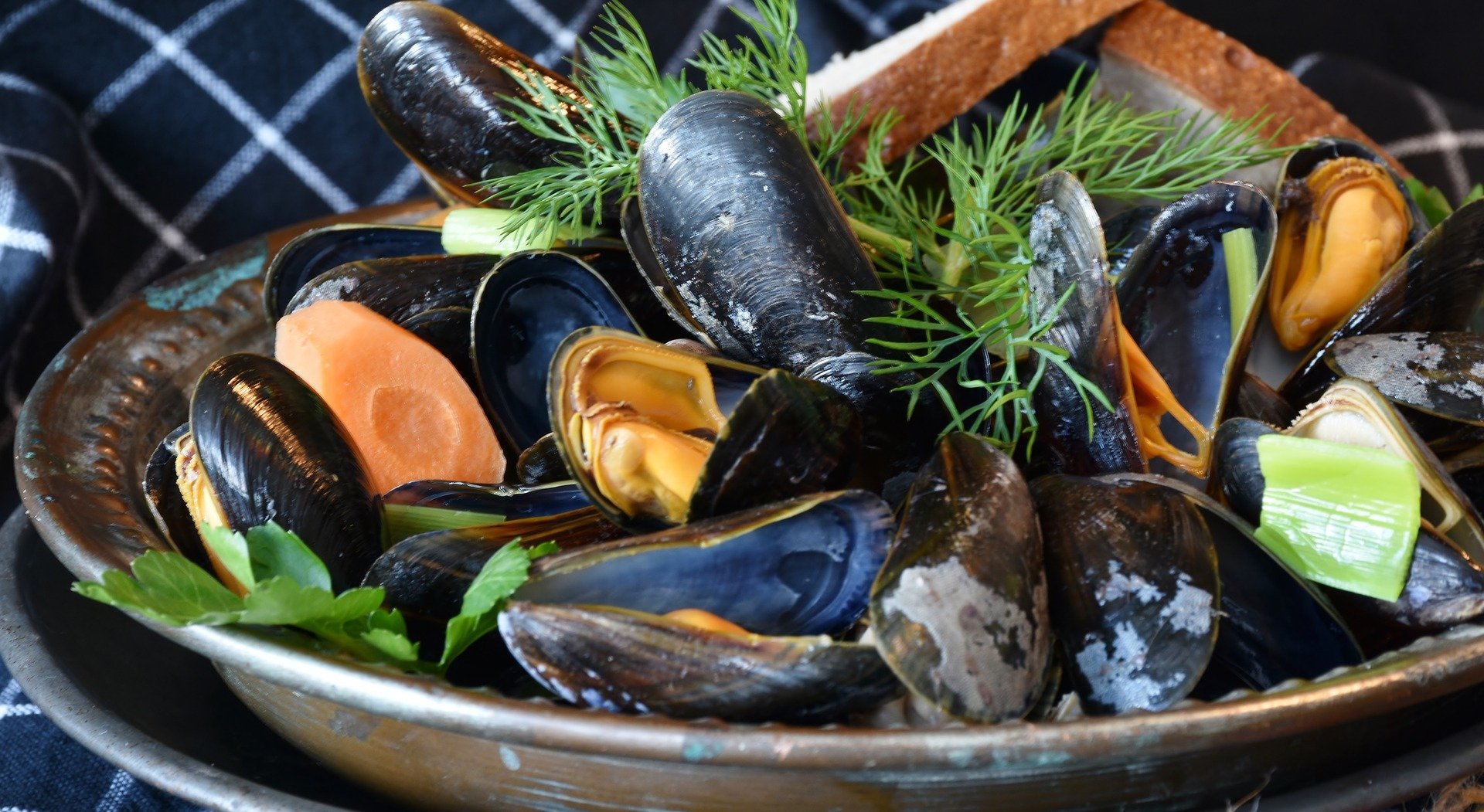
Tāmaki Makaurau – Marine aquaculture can help the world diversify its stressed food systems.
Aquaculture has multiple climate benefits, from carbon sequestering to contributing to eco-friendly products.
Aquatic farmers can be vital observers of changing ecosystems. In New Zealand, the industry has grown to a significant economic activity over the last 40 years generating important export earnings well over NZ$400 million by 2016 and employing an estimated 3,000 people in 2018, according to Aquaculture New Zealand. The most popular kai moana are salmon, mussels and oysters.
The planet has never been under more pressure to increase food production. And this pressure is only set to grow, by as much as 60 percent over the next few decades.
At the same time, climate change is threatening food systems around the world, with major questions about future food supply and security, livelihoods and human nutrition.
As the planet gets squeezed between these multiple pressures, we need to rethink how we feed people and protect the environment – drastically diversifying crops, improving farming methods and strategically selecting places in which food is grown. It’s no longer just about hedging bets to make sure output meets demand, it’s a vital necessity for already-taxed, overburdened food production systems.
Marine aquaculture, the growing of plants and animals in the oceans, is an important source of nutrition and, research indicates, an emerging climate change solution.
Significant advances in technology and practices have made it possible to responsibly manage the sector, and there is real potential for aquaculture to restore environmental health and improve human well-being.
Almost all of the world’s fertile land is already in use. In contracts, the oceans covers nearly three-quarters of the planet, yet currently provides just two percent the global food needs.
New research is backing up aquaculture’s climate benefits. Seaweed has lots of promise here. Studies show how seaweed aquaculture can sequester carbon under certain circumstances, when seaweed fragments break free of farms and are sequestered in deep-sea habitats.
New Zealand’s seaweed sector is in its infancy, but production has tripled in the last 20 years with a growth rate of seven percent a year over the last decade.
Global value of seaweed aquaculture in 2019 was approximately $US14 billion. Seaweed makes up almost a third of global aquaculture production volume.
A blue economy-based seaweed aquaculture sector provides benefit to Aotearoa, generates jobs, and helps New Zealand move to a low emissions economy.
In 2019, the New Zealand aquaculture industry harvested 97,462 tonnes of greenshell mussels, 14,180 tonnes of Chinook salmon and 1805 tonnes of Pacific oysters. Total sales value was $673 million.
The industry and government have an ambitious goal for it to become a $3 billion industry by 2035. The Hauraki Gulf and the Marlborough Sounds are two major aquaculture farming areas.

